Russian (1917-1918) and Armenian (1922) Orthographic Reforms. Assessing the Russian Influence on Modern Armenian Language
Por um escritor misterioso
Descrição
The Russian Orthographic Reform (1917-1918), which initiated the Armenian one (1922-1924, modified in 1940) has undoubtedly played a central role in the development of Modern Armenian. To support this thesis, the essay retraces the fundamental phases of the reform, focusing on the two decades from the early 1920s to 1940, i.e., the year when the second orthography reform was promulgated. The Armenian case is undoubtedly a very peculiar one amongst the constellation of the linguistic reforms decreed in the Soviet countries outside Russia. In fact, Armenian avoided both Cyrillisation and Latinisation. Nonetheless, the effects of the 1922 orthography reform are still perceived as a heavy burden today. Ultimately, this essay aims at demonstrating that this issue should also be a concern for Russian Studies.

PDF) 'He Wasn't Able to Understand What I Was Saying': The Experiences of Returnees' Speaking Western Armenian in 'Eastern' Armenia
Cursed orthography”: Revolution, Language and Identity - European studies blog
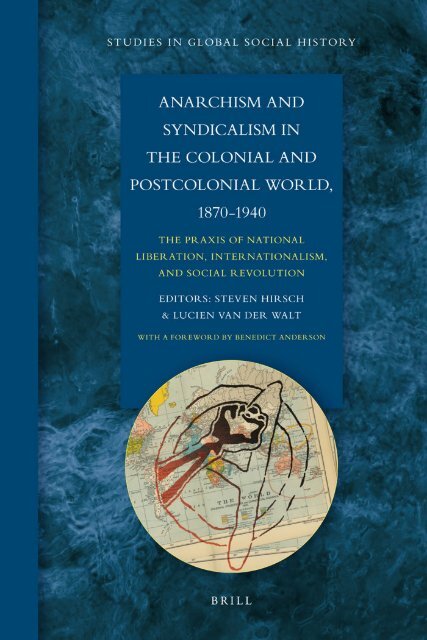
Anarchism1870_1940
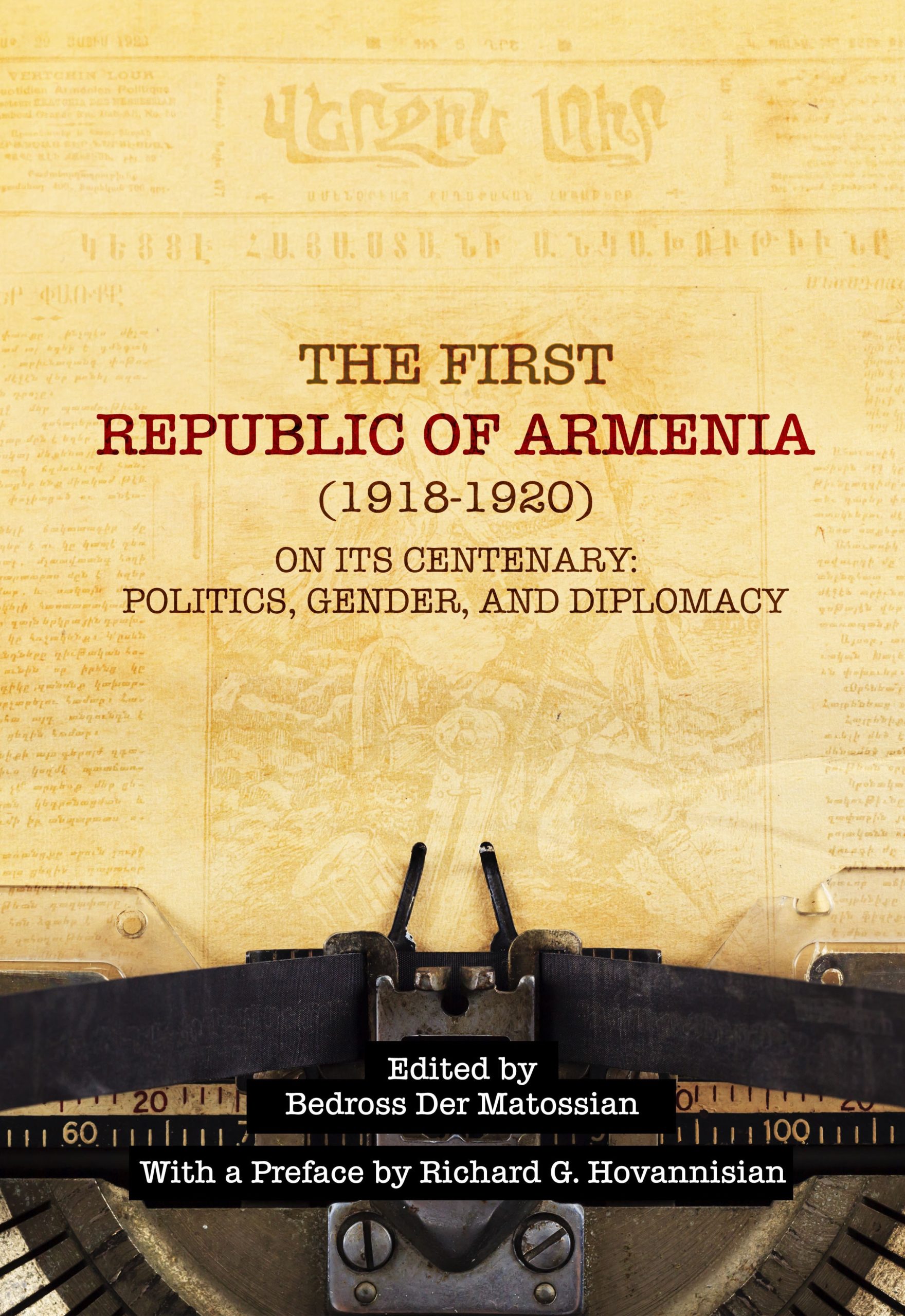
Der Matossian's The First Republic of Armenia (1918-1920) on its Centenary: Politics, Gender, and Diplomacy Published
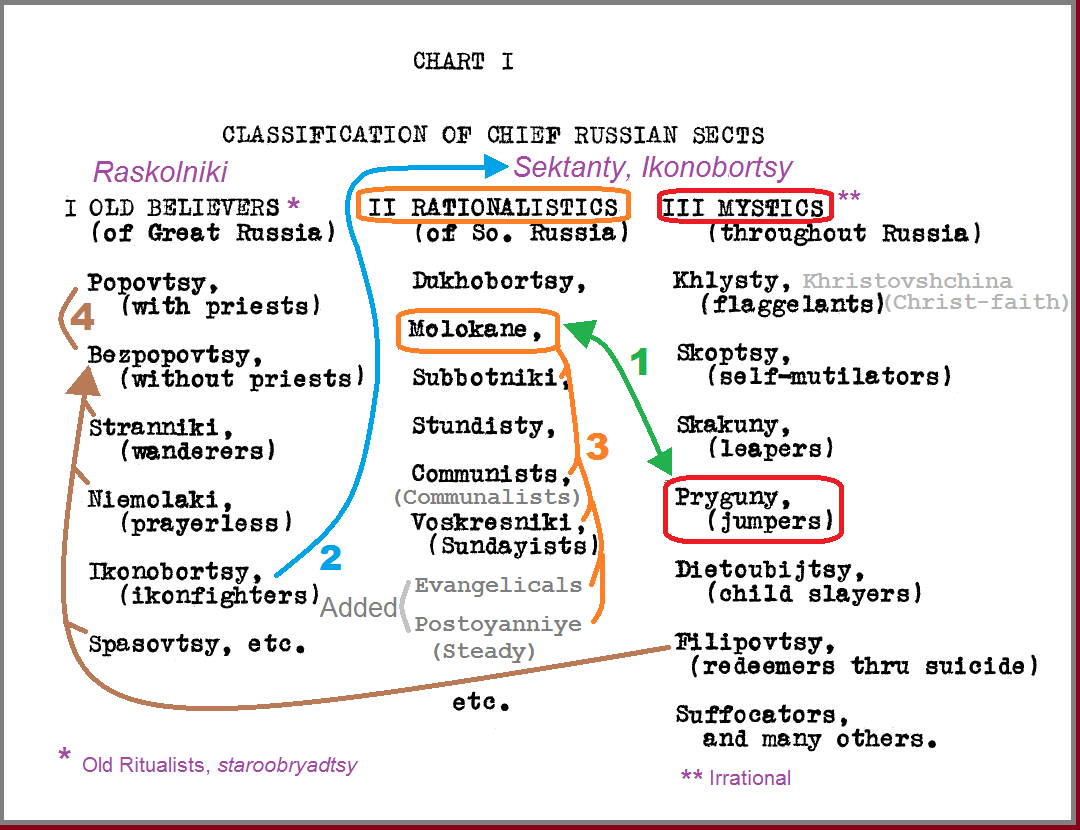
Taxonomy of 3 Spiritual Christian groups: Molokane, Pryguny and Dukh-i-zhizniki
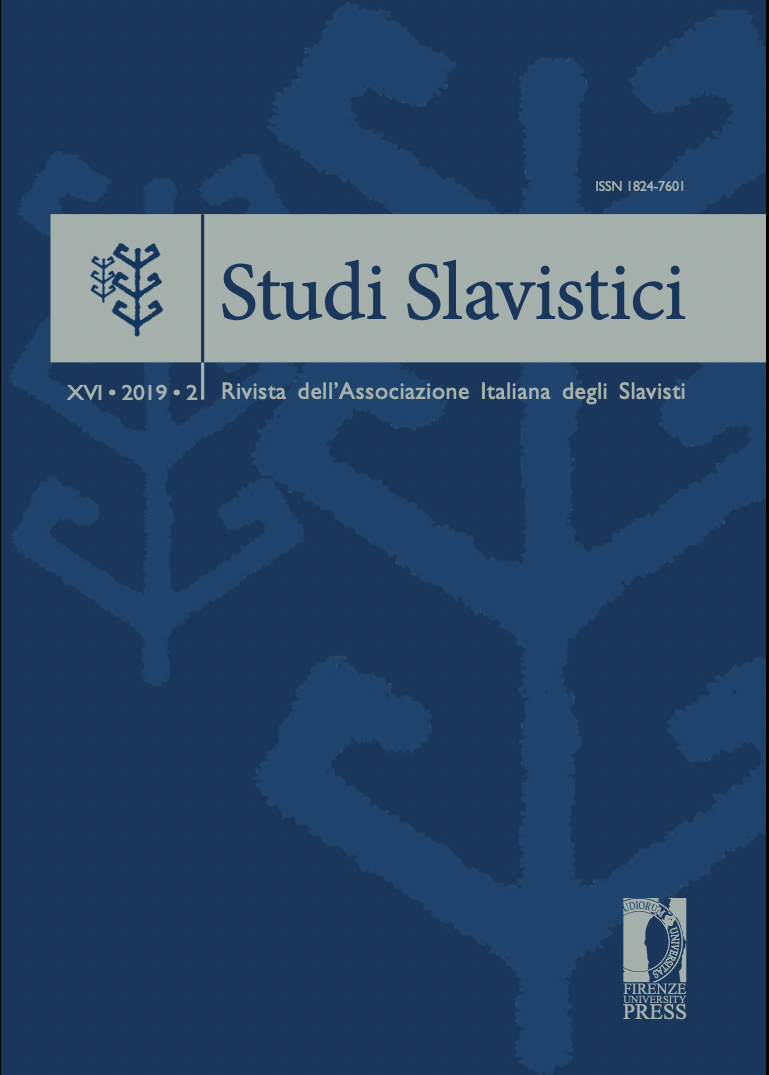
Russian (1917-1918) and Armenian (1922) Orthographic Reforms. Assessing the Russian Influence on Modern Armenian Language
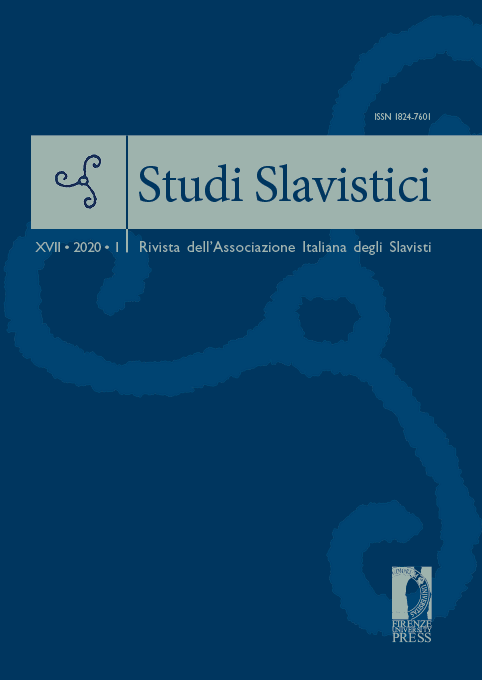
Myth and 'New Russian Realism'. Alisa Ganieva's Rewriting of the Caucasian Tradition in Prazdničnaja Gora
Russian (1917-1918) and Armenian (1922) Orthographic Reforms. Assessing the Russian Influence on Modern Armenian Language - Document - Gale Academic OneFile
He Wasn't Able to Understand What I Was Saying': The Experiences of Returnees' Speaking Western Armenian in 'Eastern' Armenia
Did the Soviet Union recognize the Armenian genocide? - Quora
de
por adulto (o preço varia de acordo com o tamanho do grupo)






